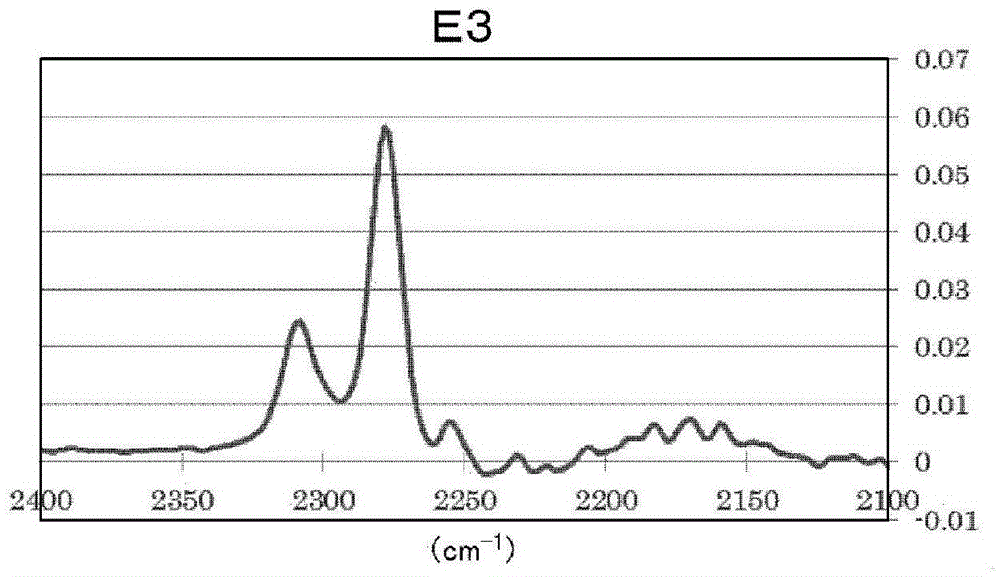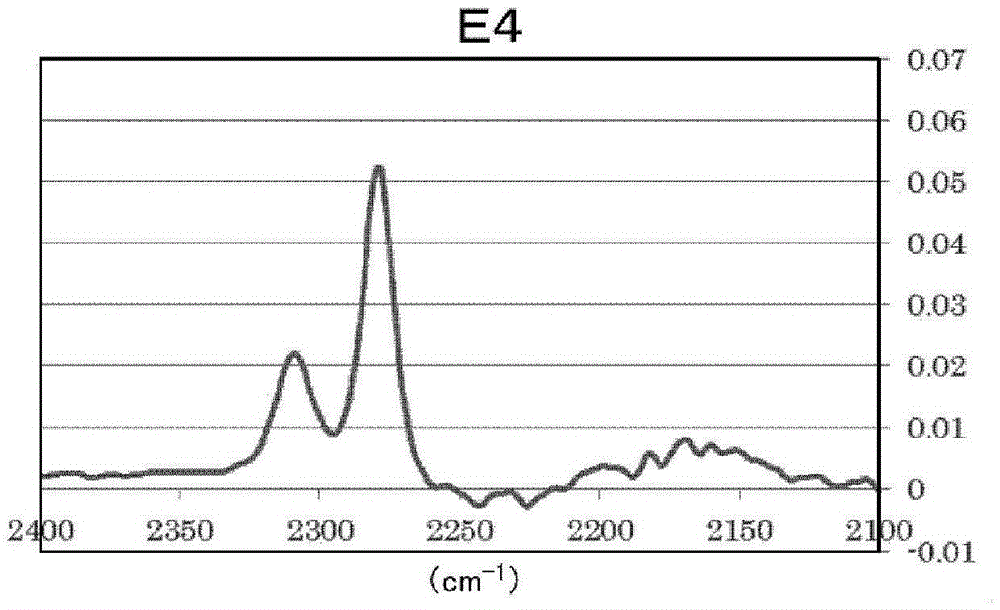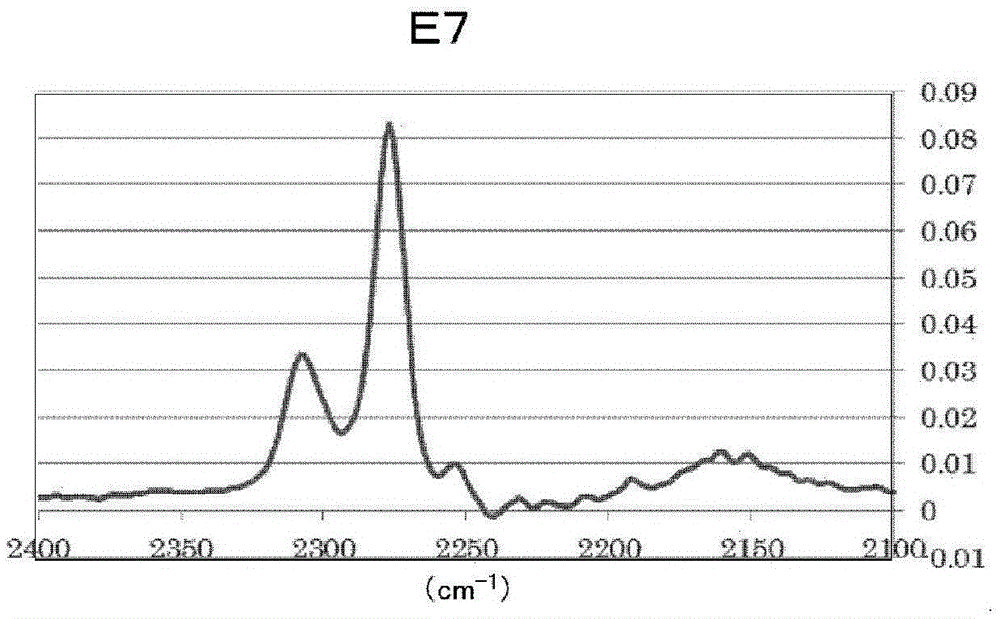Non-aqueous electrolyte secondary battery
A non-aqueous electrolyte and secondary battery technology, which is applied in the direction of non-aqueous electrolyte batteries, non-aqueous electrolytes, secondary batteries, etc., can solve the problems of greatly improving the rate characteristics, the large activation energy barrier of electrode reactions, etc., and achieve battery characteristics Improved effect
- Summary
- Abstract
- Description
- Claims
- Application Information
AI Technical Summary
Problems solved by technology
Method used
Image
Examples
Embodiment 1-1
[0547] The nonaqueous electrolyte secondary battery of Example 1-1 was fabricated using electrolytic solution E8.
[0548]
[0549] SECCARBON Co., Ltd. SNOGrade (average particle size: 15 μm) graphite (hereinafter sometimes referred to as graphite (A)), polyvinylidene fluoride (PVdF) and N-methyl-2-pyrrolidone (NMP) were added and mixed to prepare Slurry negative electrode mixture. The composition ratio of each component (solid content) in a slurry is graphite:PVdF=90:10 (mass ratio).
[0550] In addition, Raman spectroscopic analysis was performed on the graphite (A) powder used. As a device, RAMAN-11 manufactured by Nanophoton Corporation (excitation wavelength λ=532 nm, grating: 600 gr / mm, laser power: 0.02 mW) was used. The G / D ratio which is the intensity ratio of the peaks of the G band and the D band in the Raman spectrum was 12.2.
[0551] This slurry was applied to the surface of an electrolytic copper foil (current collector) having a thickness of 20 μm using a ...
Embodiment 1-2
[0558]Use the graphite of SNOGrade (average particle diameter 10 μ m) of SECCARBON Co., Ltd. (hereinafter, sometimes also referred to as graphite (B)) instead of graphite (A), except that, make the negative electrode in the same manner as in Example 1-1, and others are the same as in the implementation Example 1-1 The nonaqueous electrolyte secondary battery of Example 1-2 was obtained in the same manner. The graphite (B) used was subjected to Raman spectroscopic analysis in the same manner as in Example 1-1. As a result, the G / D ratio, which is the intensity ratio of the peaks of the G band and the D band, was 4.4.
Embodiment 1-3
[0560] Using graphite (C) with an average particle diameter of 10 μm instead of graphite (A), except that, a negative electrode was produced in the same manner as in Example 1-1, and the nonaqueous electrolyte of Example 1-3 was obtained in the same manner as in Example 1-1. secondary battery. In addition, Raman spectroscopic analysis was performed on the graphite (C) used in the same manner as in Example 1-1. As a result, the G / D ratio, which is the intensity ratio of the peaks of the G band and the D band, was 16.0.
PUM
| Property | Measurement | Unit |
|---|---|---|
| size | aaaaa | aaaaa |
| purity | aaaaa | aaaaa |
| composition ratio | aaaaa | aaaaa |
Abstract
Description
Claims
Application Information
 Login to View More
Login to View More - Generate Ideas
- Intellectual Property
- Life Sciences
- Materials
- Tech Scout
- Unparalleled Data Quality
- Higher Quality Content
- 60% Fewer Hallucinations
Browse by: Latest US Patents, China's latest patents, Technical Efficacy Thesaurus, Application Domain, Technology Topic, Popular Technical Reports.
© 2025 PatSnap. All rights reserved.Legal|Privacy policy|Modern Slavery Act Transparency Statement|Sitemap|About US| Contact US: help@patsnap.com



